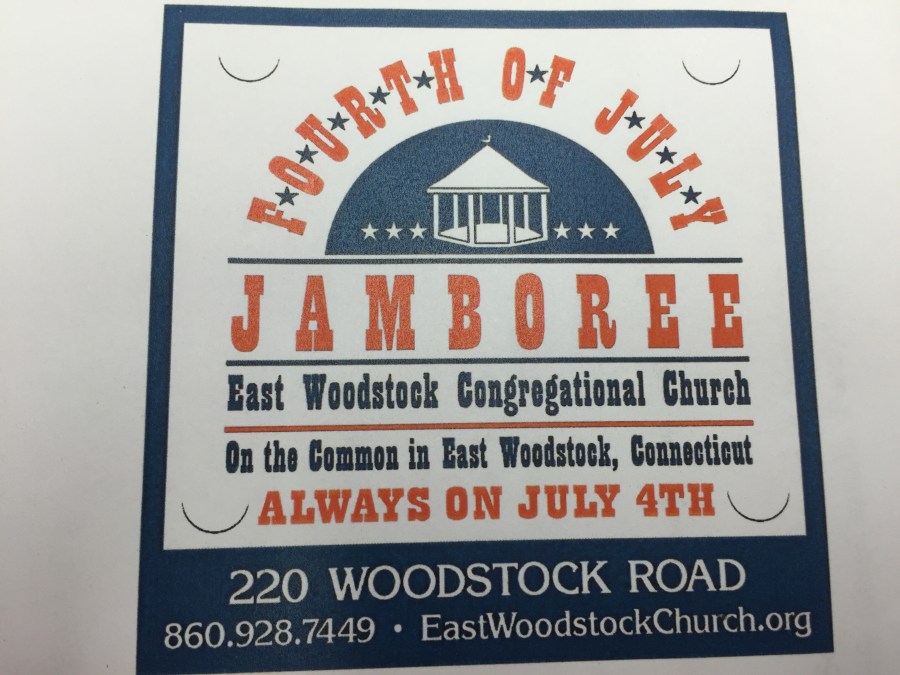In February it can be hard to get excited about the Jamboree.
In February, all we can think about is how many volunteers we need and how much planning goes into making the day go smoothly.
In February, we might be tempted to wonder – is it really worth all the effort?
It can seem like an insurmountable task.
But then the meetings begin and there is laughter and anticipation and building excitement as we remember cherished aspects of this special day. Everyone has their favorite part – for some it is the parade, for others it’s all about the food – strawberry shortcake! – or the sound of children running and laughing. It’s the amazing tag sale, thousands of books, the hay ride through beautiful East Woodstock, an invitation to relax in the shade while listening to music. And of course, the water polo and cake walk.
After a two year Covid-caused delay, the Jamboree was back! Throughout the day many people came up to say thank you. “We’ve missed this!” “I’ve been coming here for years. It wasn’t the Fourth of July without the Jamboree.” “This is our first time here. We’ll definitely be back next year!” There was a sense of gratitude that we were able to share this day together.
Looking across the common, there were people of all ages enjoying the festivities. Children thrilled with the bounce house, balloon animals, and frog jumping contest. Young adults enjoying spontaneous reunions with others who had grown up attending the Jamboree. There were several people who hadn’t missed a single Jamboree in its 66 years. The East Woodstock Common was a sea of red, white, and blue with an abundance of good cheer.
In July we remember why we do this.
In July we celebrate the feeling of community and fellowship.
In July we enjoy the simple pleasures of an old-fashioned holiday.
In July we are thrilled to hear the laughter, share the welcome and hospitality, and celebrate a day together.
I am grateful for the intrepid women who dreamed up the Jamboree in 1957 as an emergency fundraiser for their small, financially strapped country church. I am grateful for the – literally – thousands of volunteers who have pitched in over the decades to continue this tradition.
Next February be on the lookout for an announcement about a Jamboree organizational meeting. And join us as we share our memories and dream of another chance to celebrate the East Woodstock Fourth of July Jamboree.



